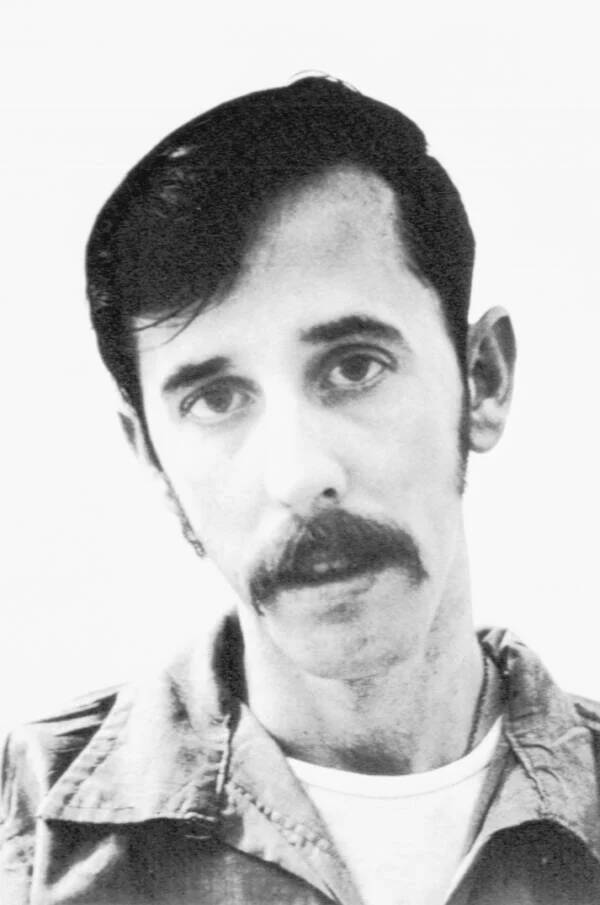Troy Leon Gregg, The Man Who Escaped Death Row Only To Be Murdered The Same Night

Bettmann/Getty ImagesTroy Leon Gregg was the first man to have his death penalty upheld by the Supreme Court after the decision of Furman v. Georgia, but he didn’t die in prison.
On Nov. 21, 1973, 25-year-old Troy Leon Gregg and his 16-year-old companion, Floyd Allen, were hitchhiking in Florida when they were picked up by two men named Fred Simmons and Bob Moore.
At some point during the journey, Gregg shot Simmons and Moore dead. Gregg later testified that Simmons had become violent, but Allen rebutted his story. Instead, Allen claimed that Gregg had turned to him during the ride and said, “Get out, we’re going to rob them.”
Gregg was ultimately found guilty of armed robbery and murder. He was sentenced to death for his crimes.
Seven years later, while sitting on death row at Georgia State Prison, Gregg and three other convicted murderers decided to make a break for it. They managed to saw through their cell bars and a window in one of the building’s exercise rooms, shimmied along an exterior ledge until they reached a fire escape, and made their way out of the prison disguised as correctional officers, according to True Crime Magazine.
That very same night, however, something happened that would cost Gregg his life. Some accounts claim he got drunk at a bar, attempted to assault a waitress, and was beaten to death by a biker. Some say he got into a fight with the other escapees after admitting that he’d written his wife a letter detailing their plans.
In either case, Gregg’s body was later found in the Catawba River. His cause of death was homicide by suffocation caused by swelling.





